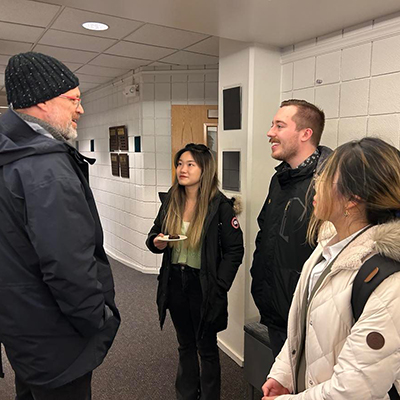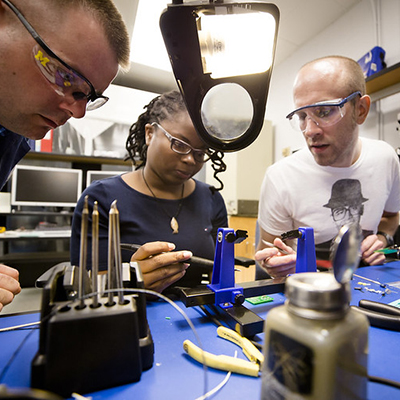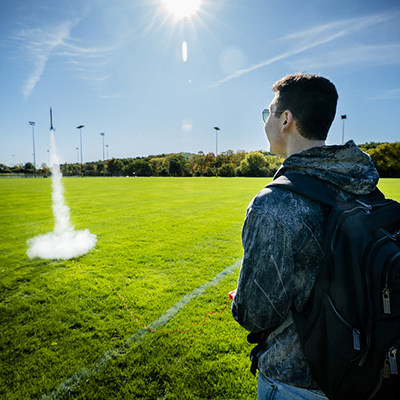Our Culture

Building Community
These groups help connect you to people with shared experiences across the department, college, and university.
Land Acknowledgement
We acknowledge that the University of Michigan resides on the ancestral, traditional, and contemporary lands of the Anishinaabeg – The Three Fire Confederacy of the Ojibwe, Odawa, and Potawatomi Nations, as well as the Wyandot Nation. In particular, the university resides on land gifted by the three Nations and the Wyandot Nation, along with many other Indigenous Nations, in the 1817 Treaty of Fort Meigs. We acknowledge the language of “gift” in the original treaty entails mutual relationships between treaty parties, respect, and obligation on the part of the settlers. We advocate for Indigenous struggles against ongoing settler-colonization and strive for a decolonized future.

